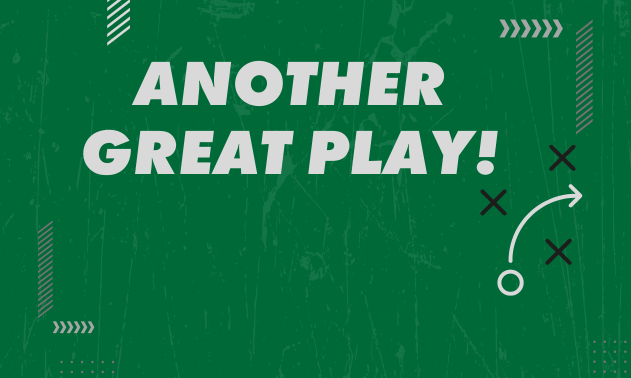|
By Jeff Kassouf Tuesday brought the official announcement of the Xtreme Soccer League in Milwaukee, one of the several offshoots from the now defunct Major Indoor Soccer League. The first season of XSL competition will feature only four teams, all formerly of the MISL. The New Jersey Ironmen, Chicago Storm, Detroit Ignition, and Milwaukee Wave will all participate. At the same time, the National Indoor Soccer League is still getting its feet off the ground, with a formal announcement such as the one made by the XSL still to come. What is known is that the league will feature the remaining former MISL teams which include the Baltimore Blast, Monterrey La Razza, Orlando Sharks, and Philadelphia Kixx, as well as last year’s AISL Champion Rockford Rampage. The third professional indoor league competing for supremacy will be the Premier Arena Soccer League’s Pro division, which features teams from the United States, Mexico, and Canada separated into regional divisions. Though PASL-Pro will have more of a national footprint, the league is heavily concentrated in the Midwest and Western parts of the respective countries. Perhaps intelligently so, PASL-Pro has no East Coast presence, meaning the market competition with XSL and NISL teams should be limited. The true question that comes from this, involves the competition between the leagues, not within them. Essentially, the XSL and NISL are two competing forces that both want to be the primary league for professional indoor soccer in North America. Most likely, only one, if any, of these leagues will succeed. It is an unfortunate but realistic fate that all involved must realize, but is not necessarily a bad thing. PASL-Pro may have the most teams, but with most of them playing in smaller, not-so-professional venues (a.k.a. a permanent arena that has only one main field with ample seating, not a complex), it is possible that the league could stick around for a long time, but only as a second-tier indoor soccer league. In terms of the XSL and the NISL, the league with the best business model will succeed, and most likely consume the stronger teams in the league that fails. This series of events would be nothing new. The American Basketball Association merged with the National Basketball Association in 1976, and the NBA is now one of the strongest professional sports leagues in North America. The National Football League, one of the most successful sports leagues in the world, has experienced vast competition from the likes of the American Football League and the United States Football League and not only endured the competition, but consumed some of the teams that are still going strong in the NFL today. In no way does anybody realistically expect indoor soccer to become as popular as football or basketball in the United States. However, they do present a potential model for success that can be followed. While all of the major sports in the United States have gone through decades of competition between different leagues vying for supremacy, all have eventually established one major, successful league in their respective sport. So, which business model is set up for success? The first essential part of that answer is to realize why the MISL disbanded in the first place. The business model in place, as pointed out by most of the owners in the old league, was set up for failure. Teams struggled with attendance, advertising, and all financesl. After officials from MISL teams met to attempt to work out the future of the league last spring, there was too much disagreement to continue on as the MISL. The differences between the two leagues show what each respective one wishes to become in the future. The Xtreme Soccer League is taking pride in its initiative known as the Xtreme Soccer Xperience, a 12 month long, interactive experience to engage the fans with the league and team. In Tuesday’s press conference, Commissioner Brian Loftin addressed some of the simplest issues that proved to be very frustrating to MISL fans, and seemed to understand the way to keep fans involved in the “Xperience.” One major problem with the MISL is that unless fans owned season tickets or regularly attended games, they may not even know that the league was still operating. MISL.net, the former league’s website, was poorly updated and provided nothing more than basic scores of games, some of which were reported in a much delayed manor. Read more – Indoor Leagues Divide Part II |
Indoor Leagues Divide, Explore Different Directions















